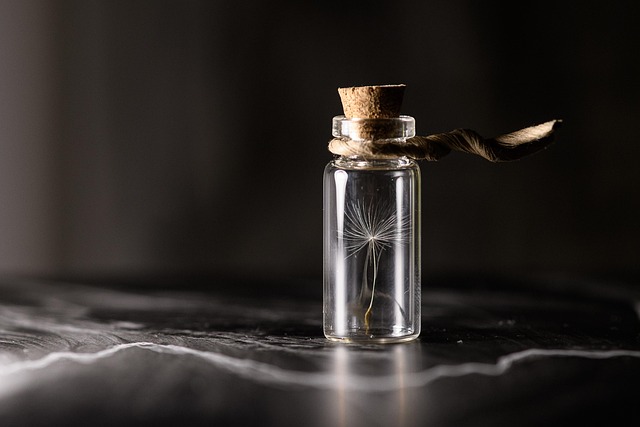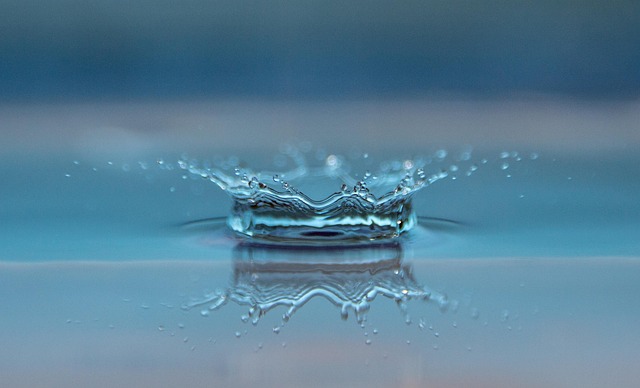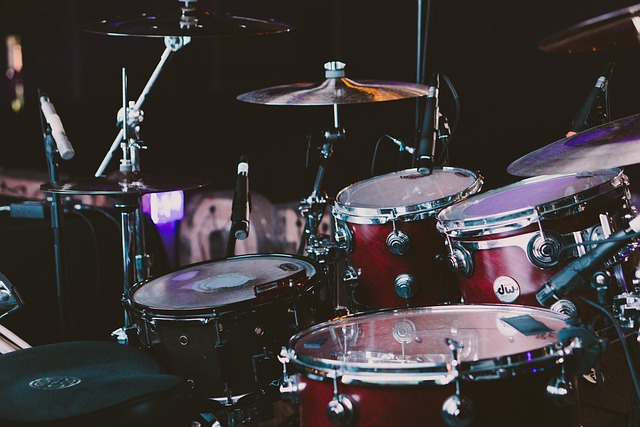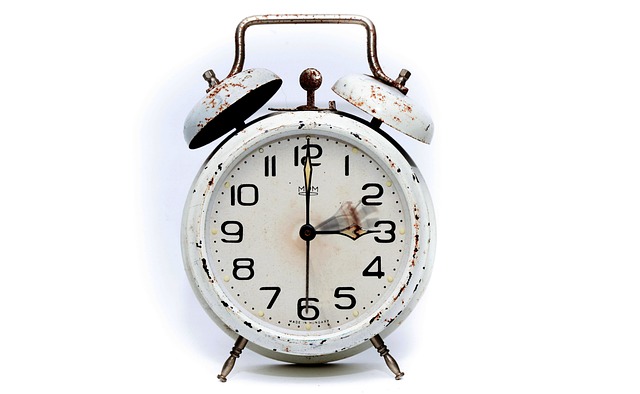In the world of art and design, few forms capture the imagination like sculpture. These three-dimensional creations not only embody the unique vision of their artists but also frame the cultural narratives of their times. Yet, as with all forms of art, the beauty and significance of sculptures are subject to the relentless march of time. This brings us to an essential practice: preservation.
When we think of preservation in the context of sculpture, we are not merely referring to the physical protection of these works. It involves a deep understanding and appreciation of the materials, techniques, and concepts that give life to each piece. Artists painstakingly sculpt using various materials, from clay and marble to metal and glass. Each medium poses its own set of challenges regarding decay, damage, or degradation, making preservation a complex but crucial endeavor.
Art is, at its core, a dialogue between the creator and the observer. Sculptures often invite us into a conversation, prompting reflections on identity, society, and history. When we preserve sculptural works, we are safeguarding these conversations for future generations. Imagine standing before a rare antiquity, a piece that has weathered the ages, still speaking volumes about the culture that birthed it. Each mark, crack, and patina is a testament to its journey, and preserving it allows us to engage with that story in a visceral way.
Moreover, the field of design has increasingly recognized the importance of preservation, particularly as contemporary designers explore sustainable practices. The intersection of art and design in sculptural forms often leads to innovative approaches that challenge perceptions while being mindful of the environmental impact. Designers are now prioritizing not just the aesthetic appeal of their work but also its longevity and the resources used in its creation.
Effective preservation strategies range from simple protective measures to complex conservation techniques. Regular maintenance, careful display considerations, and climate control can make a significant difference in extending the life of a sculpture. Each artwork demands a unique approach, calling for a blend of scientific knowledge and artistic insight. It is this interplay that highlights the importance of collaboration between artists, conservators, and the community in the preservation process.
In every field, preservation is a testament to our values and priorities. By committing to the preservation of sculpture, we are emphasizing the importance of creativity and expression in our lives. We acknowledge that these works of art are not merely objects; they are vessels of culture, emotion, and thought. Investing in preservation is investing in our collective history and a dedication to the ongoing dialogue that art fosters within our society.
As we navigate the ever-evolving landscape of art and design, let us not forget the vital role of preservation. It is through these efforts that we ensure that the creativity of sculptors past, present, and future will continue to inspire, provoke, and connect us all.




